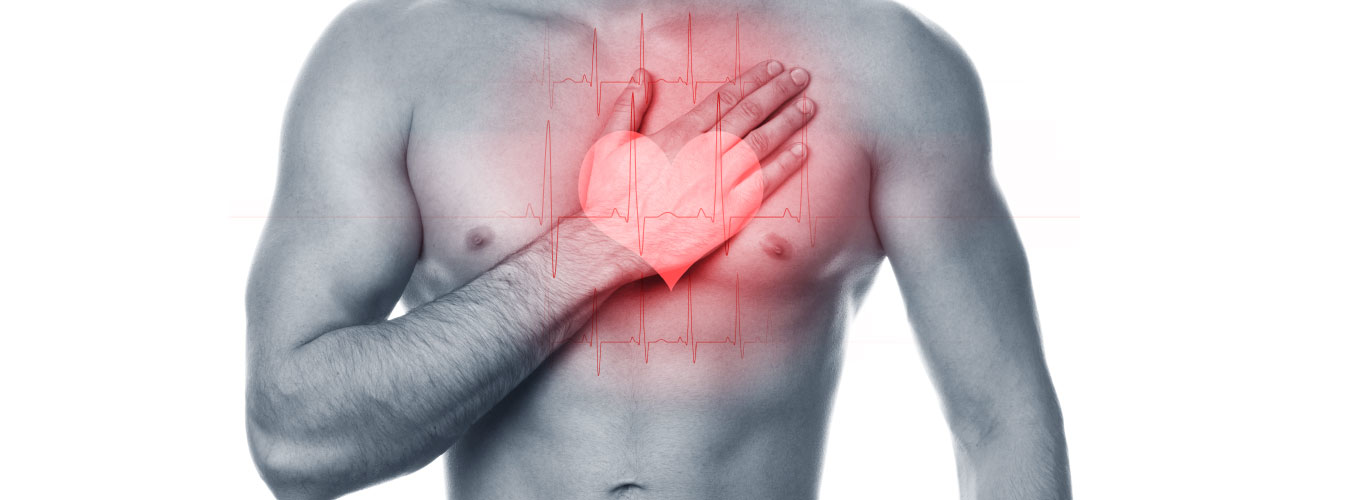
Heart Block: Symptoms, Causes, and Diagnosis
Heart block is a type of disorder in the heart’s rhythm caused due to a defect in the natural pacemaker called SA node. Know its causes, symptoms, diagnosis.

Heart block is a type of disorder in the heart’s rhythm caused due to a defect in the natural pacemaker called SA node. Know its causes, symptoms, diagnosis.

A healthy lifestyle and diet are the best weapons to fight heart disease. Certain food habits can affect triglycerides, blood pressure, inflammation, cholesterol levels, etc.

An enlarged heart also referred to as cardiomegaly, can be a result of short-term stress or a medical condition. Know the causes, symptoms, and diagnosis.

Rheumatic Heart Disease or RHD is a disorder in which permanent damage is caused to heart valves by rheumatic fever. In this disease, the heart

Heart Palpitations are unpleasant sensations of irregular, fluttering, fast-beating, pounding heart. Know causes, symptoms, and diagnosis of Heart Palpitations

Structural Heart Disease is an issue with the valves or tissues of the heart. Know types, causes, symptoms, and diagnosis of Structural heart Disease.

The heart is one of the important organs of body. This is why it is necessary to take care of your heart. So, learn 12 simple ways to keep your heart healthy.

Breathing exercises for healthy heart contribute an efficient attainable solution to energy slumps. Know 7 best breathing exercises to keep your heart healthy.

Cardio exercises for healthy heart enhance flexibility, reduce weight, and elevate mood and energy. Know 5 best cardio exercises to keep your heart healthy.

Heart diseases are very common, yet people usually are not able to identify heart disease symptoms. Read this article to learn 13 common heart disease symptoms.